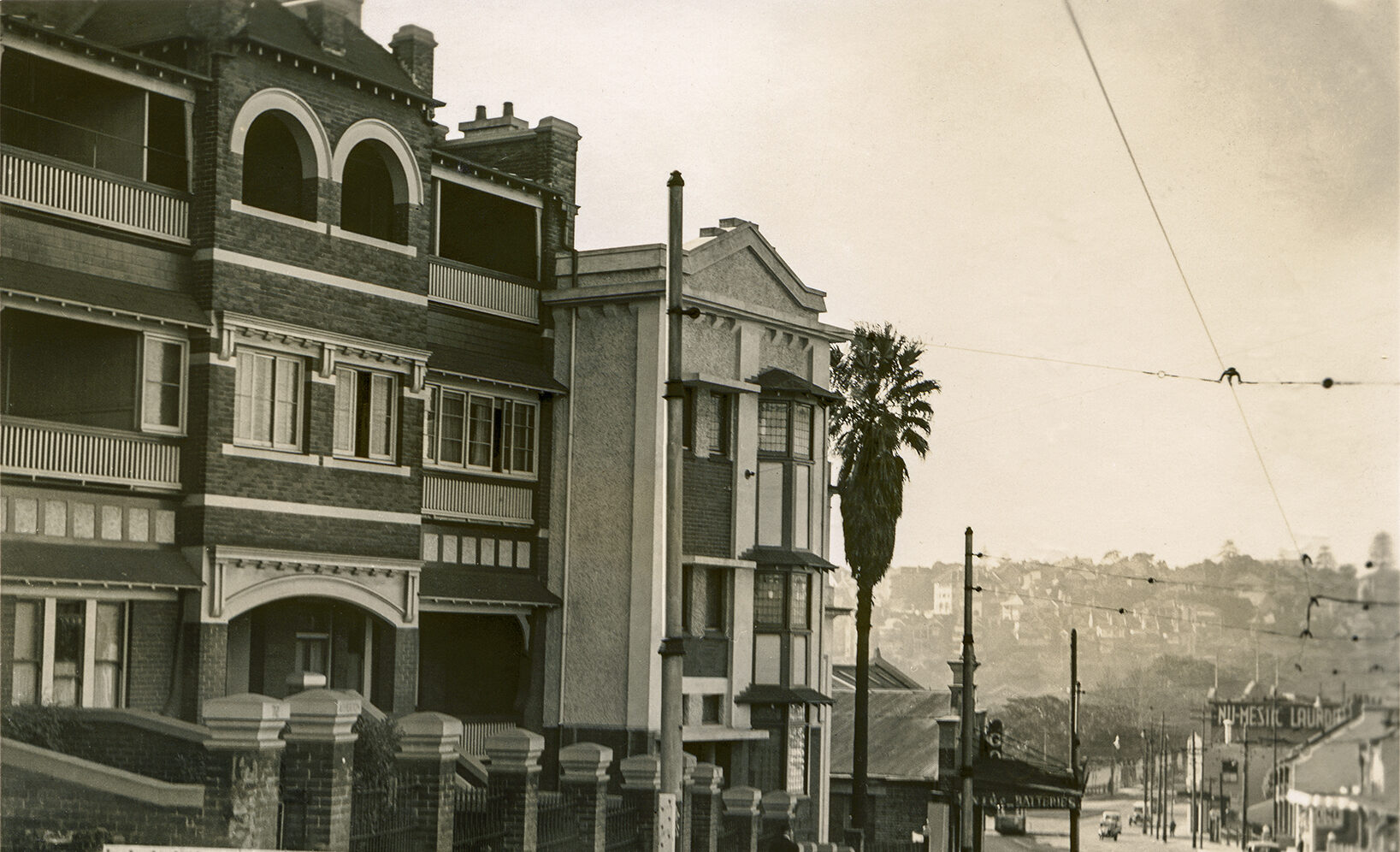
Gaslighting heritage
There is much in the news of late about heritage getting in the way of housing affordability and inhibiting the delivery of much-needed supply. However, GML CEO Sharon Veale asks whether heritage is really the problem.
The NIMBYs and YIMBYs are pitted against each other. The heritage listing of streets and suburbs apparently thwarts change and development. Heritage conservation areas (HCAs) and listings are considered to diminish property values and deny people the right to alter their property. Heritage gets blamed for much more besides. Including more recently, hindering housing supply and affordability. Heritage advocates might be described as conservative utopianists.
The media is often unashamedly polemical, offering instant analysis to complex political, social, economic, and cultural issues with catchy headlines: ‘Swaths of Sydney protected’, ‘Rezonings will override local heritage rules’, ‘Easy target: How heritage has become a lightning rod in Sydney’s housing debate’ and ‘Sydney residents in Heritage Conservation Area lose battle against developer’.
How quickly have we forgotten that the formerly dilapidated inner-city areas of Australia’s cities have historically been subject to modernisation, resistance, and gentrification. Significant redevelopment and change during the late 1960s included slum clearance, new freeways, multi-unit residential and high-rise social housing schemes. At that time there was vigorous public protest.
Today’s housing problem is wicked. In Australia, housing has become a primary means of wealth creation and distribution. Supply has been poorly managed and various incentives have created superfluous demand, as Alan Kohler explains in the November 2023 Quarterly Essay.
Population growth and demographic change has transformed household formation rates, stoking demand and challenging the composition of existing urban housing stock. Combined with this, the changing economic environment has had a major impact on housing affordability.
The social and affordable housing crisis has largely been fuelled by chronic neglect. The winding back of public administration, the belief in competition and the free market, with increasing dependence on the private sector have been defining characteristics of the last several decades.
The pressure for increased density will inevitably mean more people will need to live in historic suburbs, many of which are subject to heritage protections. But overwriting heritage conservation areas around train stations with upzoning for residential development won’t fix the problem. Scanning the skylines of many city suburbs, it’s hard to find exemplary residential development that enriches the beauty of the environment and public realm, let alone the historic urban landscape. Most often new housing developments are in the news for all the wrong reasons.
The fact is, having a property listed as a heritage item or being within a HCA has little effect on most property owners. Most HCAs already have newer redevelopment within them. Further, the effect of heritage listing has been shown not to have a significant effect on housing value. Rather it is the underlying attributes linked to location and the fact that most heritage properties are situated within what are now desirable inner and middle ring suburbs.
The conversations about heritage need to consider and better appreciate the broader political, social and economic forces that influence urban development and housing supply. We would like to see the cultural and environmental opportunities and benefits that arise from heritage conservation being better understood and the current debate enriched with some evidence-based analysis.
Whatever happens within the broader restructuring of neighbourhoods and housing markets, how and where new homes are designed and integrated within historic inner-city suburbs, and reconciled with local communities will be crucial.
